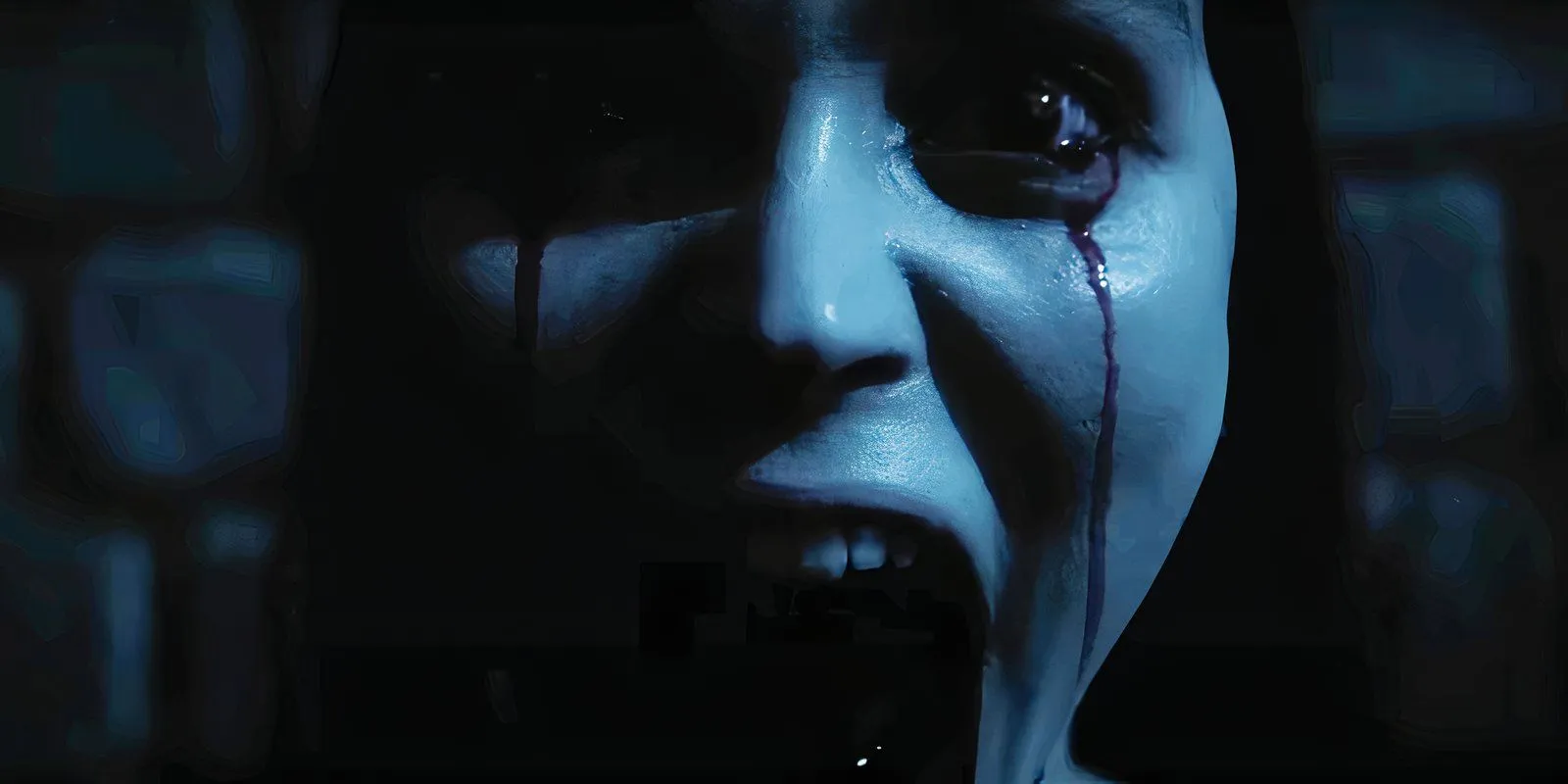
Robert Eggers, the visionary director behind Nosferatu, has sparked intrigue with his creative decision for Count Orlok to drink blood from victims’ chests rather than the traditional neck. Following his acclaimed film The Northman (2022), Eggers delves deeper into the horror genre with a fresh adaptation of the iconic 1922 German silent film. Lead actor Bill Skarsgård portrays the sinister Count Orlok, who becomes entranced by a young woman plagued by supernatural forces. This reinterpretation of the vampire mythos introduces unique elements that deviate from established norms.
In a recent discussion with GamesRadar+, Eggers elaborates on his artistic choice regarding the vampire’s method of blood-draining. He emphasizes that this decision aligns with a folkloric interpretation of vampirism. Specifically, he points out that traditional stories often depict victims experiencing sensations of pressure in their chests during vampiric encounters, thereby influencing his portrayal of Orlok’s feeding habits.
You’ll notice that [in this film] Orlok drinks blood from the heart, not the neck. Now obviously you can’t pierce a breastbone, so it doesn’t really make sense. It makes much more sense to drink someone’s blood from their neck.
But in folklore, when people are experiencing vampiric attacks it’s similar to old hag syndrome [a colloquial term for sleep paralysis] where you have pressure on your chest, so people interpreted it as vampires drinking blood from their chest. But there are also folk vampires who didn’t drink blood, but just fornicated with their widows until their widows died from it. So I think it’s all part of the source material…
Implications of Eggers’ Nosferatu Interpretation
Breaking Conventional Vampire Narratives

Despite the influx of vampire films in the last two decades, Eggers’ Nosferatu distinguishes itself within the genre. His approach not only redefines the act of blood-draining but also reimagines Count Orlok’s appearance to resemble that of authentic Transylvanian folklore rather than modern cinematic archetypes. This characterization ensures that Count Orlok stands apart from the more glamorous vampires often depicted in contemporary Hollywood.
While several recent vampire films—including Abigail (2023) and The Last Voyage of the Demeter (2023)—have struggled to gain audience traction, Eggers’ innovative take on vampire lore could potentially reverse this trend. Initial reviews for Nosferatu have been largely favorable, suggesting that audiences may appreciate the folklore-inspired narrative and its deviation from typical vampire tropes. Ultimately, the film’s success hinges on how well it resonates with widespread audiences.
Perspectives on Count Orlok in Nosferatu
Eggers’ Remarkable Creative Journey

Skarsgård’s impressive versatility as an actor shines through as he transforms into the haunting figure of Count Orlok. This performance not only deepens the film’s chilling atmosphere but also elevates expectations for his future projects. Joining Skarsgård in this compelling cast are talents like Lily-Rose Depp, Nicholas Hoult, Aaron Taylor-Johnson, Emma Corrin, Willem Dafoe, and Ralph Ineson.
As for Robert Eggers, he continues to solidify his reputation as a horror auteur. His ability to infuse fresh perspectives into familiar narratives keeps audiences engaged and eager for more. The anticipation surrounding Nosferatu will undoubtedly contribute to ongoing discussions about Eggers’ evolving filmography. He remains a filmmaker worthy of attention as his career unfolds.
Source: GamesRadar+




Leave a Reply